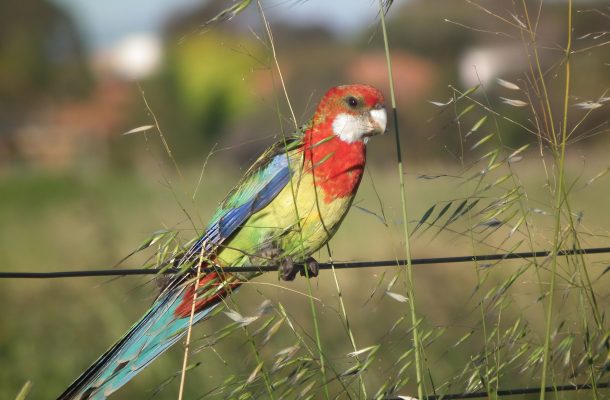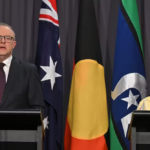Small patches of habitat help nature hang on

Your small local patch of bushland could be playing a much bigger role in conserving biodiversity than you think, according to new research.
The global study just published in the Proceedings of the National Academy of Sciences looked at the conservation values of vegetation patches in 27 countries on four continents including Australia, and considered their size and distance to other habitat.
The one of the case studies focused on the Edithvale and Seaford Wetlands in south-east Melbourne. These wetlands are tiny surviving remnants of the huge Carrum Carrum Swamp which once covered the area.
In 2001 they gained Ramsar status and protection because they are a haven for migratory waders, coming in from Siberia, Alaska, northern Europe and Japan, to spend the summer here. Around the world the numbers of these birds are falling steeply and these tiny patches of remnant wetlands are vital in slowing this decline.
The wetlands also offer a home, either permanent or temporary, to 110 species of birds including the threatened Australasian Bittern. Frogs, reptiles, bats, possums, water rats and macroinvertebrates also need the wetlands.
Many people in the community greatly value these wetlands and the regular ‘dose of nature’ they provide. A community group called Friends of Edithvale Seaford Wetlands help to care for the wetlands and to raise awareness about their importance to people and nature alike.
The results of the study surprised lead researcher Professor Brendan Wintle from Melbourne University, who is the Director of the Threatened Species Recovery Hub.
“Compared to large and well connected habitat areas, small and isolated patches of habitat have generally been treated as not very important to conservation,” said Professor Wintle.
“This includes places like small patches of bush, wetland or grassland along roadsides, in urban areas or in between agricultural crops.
“What we have found, however, is that small and isolated habitat areas are very important to the survival of many rare and endangered species.
“We need to re-think vegetation management regulations and policies that allow small patches of vegetation to be destroyed.
“The environment is suffering a death by a thousand cuts. Losing small habitat patches, especially when it happens all over the country, is contributing to Australia’s current extinction crisis”.
Co-researcher Dr Heini Kujala from the University of Melbourne said that once you start considering how much habitat is left for a species, small patches can be very valuable.
“Small habitat patches can sometimes be the last pieces of a once widespread habitat. For species that rely on this type of habitat that makes them very important,” said Dr Kujala.
“Definitely we are not saying that it is an improvement to cut up big habitat areas into smaller pieces, rather that many of the small pieces that we have left are really important for conservation.”
Co-researcher Professor Sarah Bekessy from RMIT University in Melbourne argues that the study has very high importance for urban planning policy in Australia.
“We can’t continue to allow vegetation in urban areas to be lost to development. These places are very important for nature and also for people’s physical and mental health.
“Our policies should protect these valuable places and aim to restore more habitat in urban areas.
“Adopting biodiversity sensitive urban design approaches would improve urban areas for people as well as wildlife,” Professor Bekessy said.
Professor Wintle hopes that the research will raise awareness among planners, land managers, scientists and the community about the value of small vegetation patches.
“It’s good to know that the work of community groups in conserving and restoring small patches of habitats in their local neighbourhood is a thoroughly worthwhile activity”, said Professor Wintle.
The Threatened Species Recovery Hub is a collaboration of 10 leading Australian universities and the Australian Wildlife Conservancy to undertake research to support the recovery of Australia’s threatened species. The hub receives funding from the Australian Government’s National Environmental Science Program.
Open Forum is a policy discussion website produced by Global Access Partners – Australia’s Institute for Active Policy. We welcome contributions and invite you to submit a blog to the editor and follow us on Twitter, Facebook, Linkedin and Mastadon.












